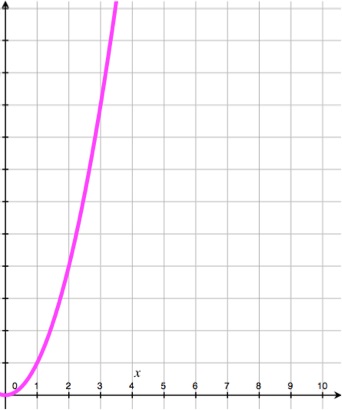Potential Energy of Macroscopic Springs
Ideal Spring: Lanier Freeman
The Key Concept
Studying macroscopic springs pulls us out of the theoretical atomic realm and into the physical world of springs. The potential energy of a spring changes as the end of the coil varies in its relative distance from the location of its affixed base.
Terms and Definitions
A mathematical evaluation
Potential Energy - the energy stored in a body or system that results inherently from its relative position to another object
- A change in potential energy occurs when there is a change in the separation distance between the two objects.
- Gravitational potential energy relates the vertical position of an object to the surface of the Earth.
[math]\displaystyle{ \Delta U\approx \Delta mgy }[/math]
- With spring potential energy, we relate potential energy to one half the product of the spring constant and the square of equilibrium displacement, or this:
[math]\displaystyle{ \Delta U_{spring} = \frac{1}{2}k\Delta x^2 }[/math]
- derive this, consider the following from the work-energy theorem:
[math]\displaystyle{ \Delta U_{spring} = W }[/math]
- We then look at the definition of work and infer the following:
[math]\displaystyle{ W = F\Delta x }[/math]
[math]\displaystyle{ \Delta U_{spring} = f\Delta x }[/math]
Using the mean value theorem of integrals, we simplify the nonconstant force using the mean value theorem:
[math]\displaystyle{ F_{avg} = \frac{k}{\Delta x}\int_{x_1}^{x_2}x \;dx }[/math]
[math]\displaystyle{ F_{avg} = \frac{k}{\Delta x}\cdot \frac{\Delta x^2}{2} }[/math]
[math]\displaystyle{ F_{avg} = \frac{k\Delta x}{2} }[/math]
Finally, we arrive at the above formula for spring potential energy:
[math]\displaystyle{ \Delta U_{spring} = \frac{k\Delta x}{2}\cdot \Delta x }[/math]
[math]\displaystyle{ \Delta U_{spring} = \frac{1}{2}k\Delta x^2 }[/math]
Ta-dah!
Computational Evaluation
When we plot The change in potential energy of a spring as a function of equilibrium displacement in vPython, we arrive at a parabolic model like the one in this image:
Our independent variable is the displacement of the spring from its equilibrium position, and the dependent variable is the product of the displacement squared and [math]\displaystyle{ \frac{k}{2} }[/math].
Connectedness
- How is this topic connected to something that you are interested in?
This is the first law of thermodynamics where every energy related goes around with this law, where energy is neither made or destroyed. It is very interesting how energy is just there and is transformed into other energies such as chemical energy that the food in the student center has will transform into kinetic energy when playing tennis after school.
- How is it connected to your major?
As my major is Chemical Engineering, thermodynamics has many materials in common because of calculating the energy balances toward a reaction. The first law of thermodynamics To work out thermodynamic problems you will need to isolate a certain portion of the universe, the system, from the remainder of the universe, the surroundings.
- Is there an interesting industrial application?
There was an interesting industrial application where we can calculate the energy required by the machine to pump the fluid out.
History
- William Rankinet
- The term potential energy was introduced e, although it has links to Greek philosopher Aristotle's concept of potentiality.
- Scottish engineer and physicist
- links to Greek philosopher Aristotle's concept of potentiality
- Robert Hooke
- Came up with Hooke's Law, which is used to find the potential energy of springs.
- Coined the term "cell" in biology
See also
Potential Energy Ideal Spring Spring stretch.
Further reading
Potential Energy:https://en.wikipedia.org/wiki/Potential_energy
